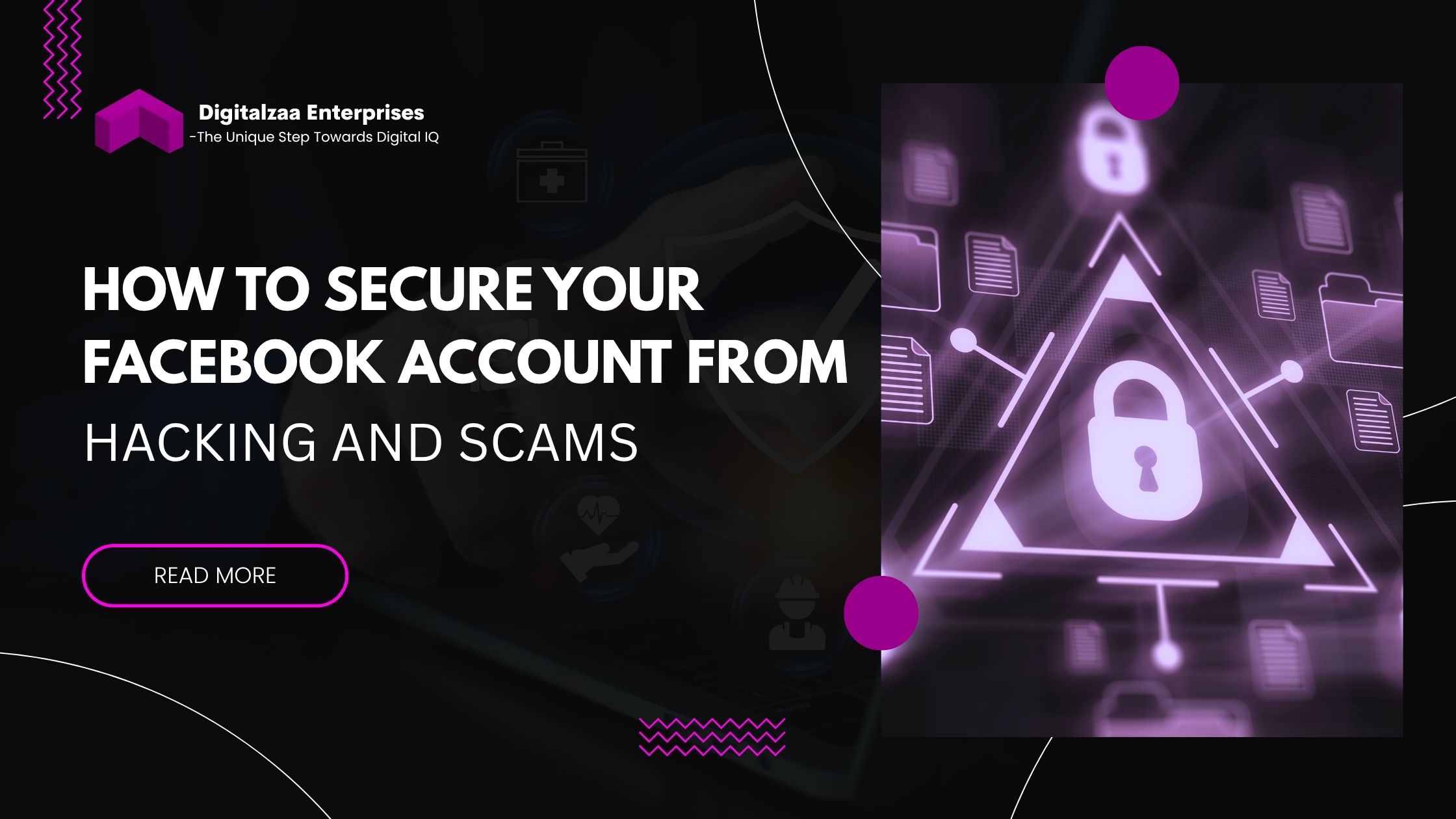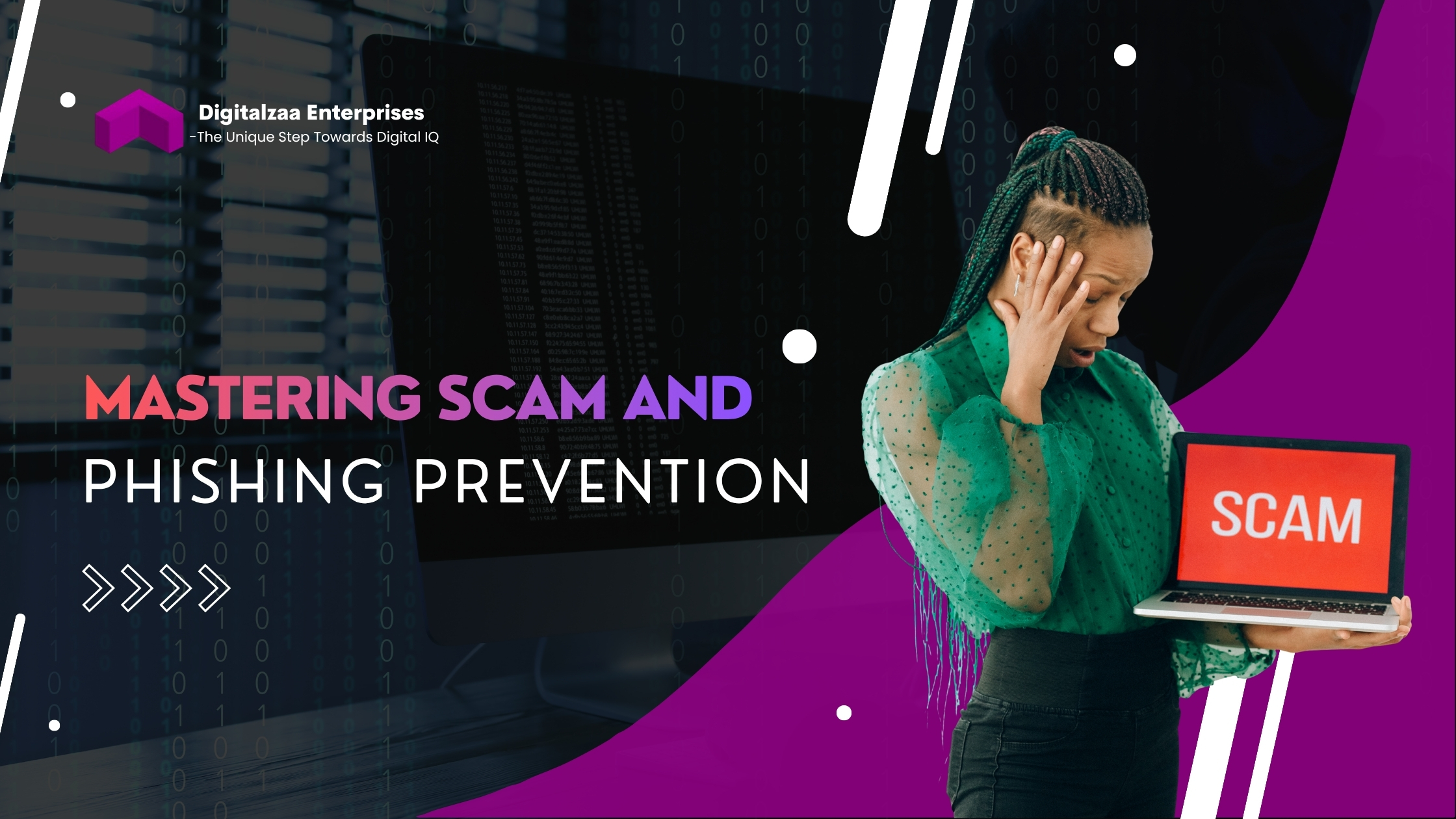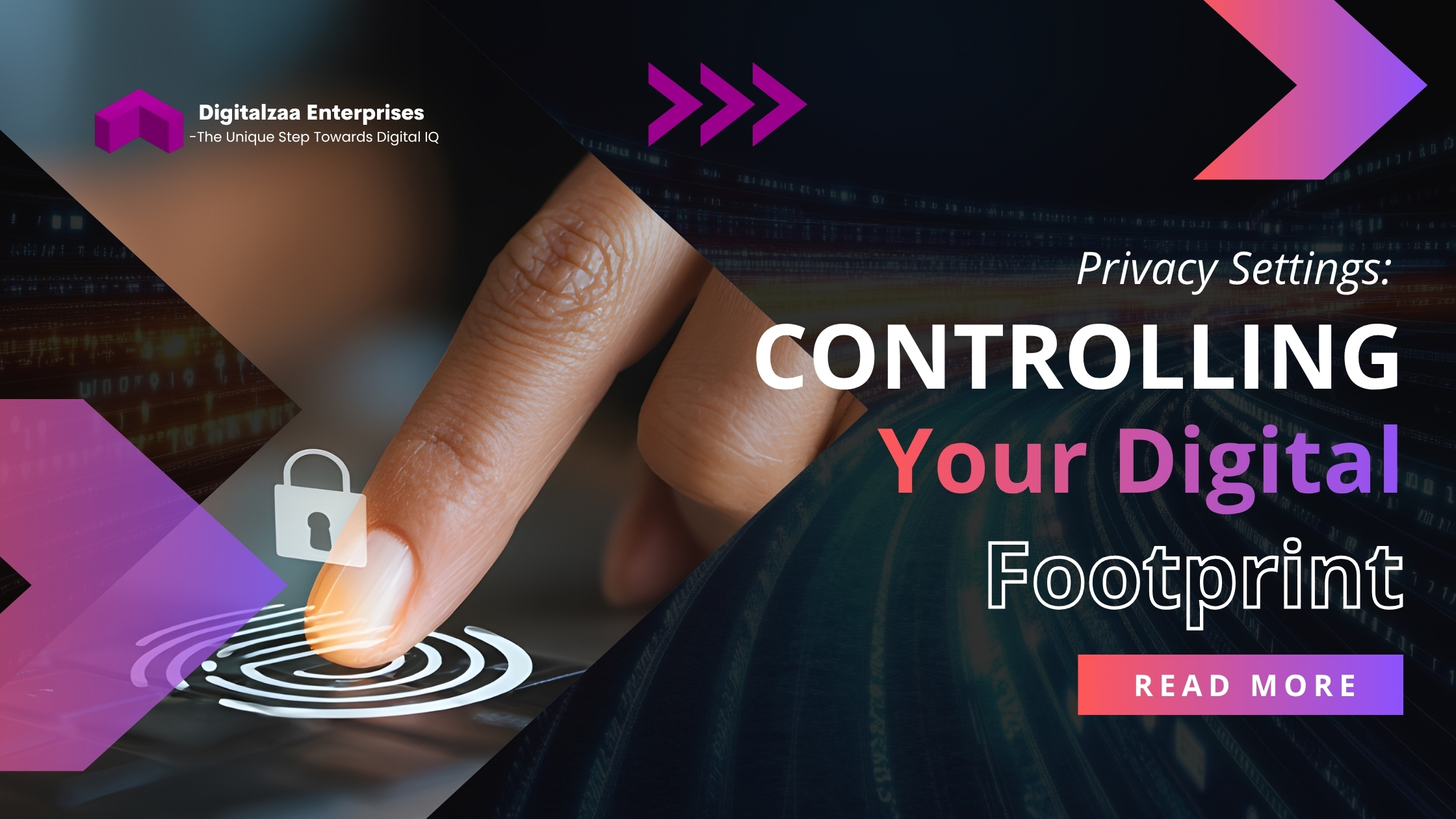How to Secure Your Facebook Account from Hacking and Scams

In today's digital landscape, your Facebook profile is more than just a social hub it's a treasure trove of personal memories, contacts, and even financial information. As one of the world's largest social platforms, it is, unfortunately, a prime target for cybercriminals. Protecting your digital identity is non-negotiable, and learning how to Secure Facebook Account is the first step toward achieving peace of mind.
This comprehensive guide offers the definitive Facebook Security Tips and best practices to ensure your Facebook Account Safety in 2025 and beyond. By the end of this article, you will have a rock-solid defense against hackers, phishers, and sophisticated scams.
The Foundation of Defense: Password & Authentication
The core vulnerability in almost any online account is a weak password. For true Secure Facebook Account protection, you need to elevate your login credentials from a simple barrier to an uncrackable vault.
1. Build an Unbreakable Password
Your password is your primary line of defense. It must be unique, complex, and treated like a top-secret key.
- Length and Complexity: Aim for a minimum of 12 characters, incorporating a mix of uppercase letters, lowercase letters, numbers, and symbols (like !, @, #, $).
- Uniqueness: Never, ever reuse your Facebook password on any other website or application. If another service is breached, your Facebook account will be next.
- Avoid Predictable Information: Do not use your name, birthday, pet's name, or common dictionary words. Hackers use automated tools to guess these details easily.
- Password Managers: Use a reputable password manager (like LastPass, Dashlane, or 1Password) to generate and store long, unique passwords for all your accounts.
- Regular Rotation: Change your password at least once every six months as a crucial part of routine Facebook Account Safety.
2. Enable Two-Factor Authentication (2FA)
This is the single most effective step you can take to secure Facebook Account access. Two-Factor Authentication requires a second code, usually from your phone, in addition to your password when logging in from a new device.
- How to Activate: Navigate to Settings & Privacy > Settings > Security and Login > Two-Factor Authentication.
- Recommended Method: Use an Authentication App (like Google Authenticator or Duo Mobile) instead of SMS (text messages). SMS can sometimes be intercepted by highly sophisticated attackers.
- Backup Codes: Facebook provides a list of one-time backup codes. Print these out and store them in a secure, physical location in case you lose access to your phone.
Active Monitoring and Session Management
Your defense strategy isn't complete until you actively monitor your account for suspicious activity. These Facebook Security Tips involve regular check-ups to ensure only you are accessing your profile.
3. Review Logged-In Sessions
You might be surprised to find your account still logged in on an old laptop or public computer. Regularly checking your active sessions is paramount to Facebook Account Safety.
- Where to Check: Go to Settings & Privacy > Settings > Security and Login > Where You're Logged In.
- What to Look For: Review the list for any devices, locations, or times you don't recognize.
- Immediate Action: If you see an unrecognized session, click the three-dot menu next to it and select Log Out. If you suspect a breach, select Not You? to initiate the account recovery process.
4. Turn On Login Alerts
If someone attempts to log in to your account from an unrecognized device or location, you need to know immediately.
- How it Works: Facebook will send you a notification, email, or Messenger alert with details about the attempted login.
- Activation: Under Settings & Privacy > Security and Login, find the setting for Get alerts about unrecognized logins and enable notifications for both email and Facebook.
5. Audit Your Third-Party Apps and Websites
Over the years, you may have used your Facebook account to log into countless other apps, games, and websites. Each one represents a potential security risk.
- Review Permissions: Go to Settings & Privacy > Settings > Apps and Websites.
- Clean House: Review the list of active apps. If you no longer use an app or don't recognize it, remove access immediately. This is a vital step in maintaining a Secure Facebook Account, as some malicious apps are designed purely to harvest your data.
Mastering Scam and Phishing Prevention

The most common way accounts are compromised is not through brute-force hacking but through social engineering, the art of tricking you into giving up your login details. Knowing how to spot a scam is key to robust Facebook Account Safety.
6. Detect and Avoid Phishing Attacks
Phishing attempts come in many forms: emails, texts, and even Messenger messages all designed to mimic an official source to steal your credentials.
- Check the Sender's Email/Link: Official emails from Meta/Facebook will always come from facebookmail.com or a similar official domain. If a link looks like 'facebook-security.co' or 'meta-support.net', it is a scam.
- Never Log In Via a Link: If you receive an urgent message about a violation or account deletion, do not click the link. Instead, open a new browser tab, type facebook.com yourself, and log in directly. Any genuine alert will be visible in your official Facebook notifications.
- Urgency is a Red Flag: Scammers use phrases like "Immediate action required" or "Your account will be deleted in 24 hours" to create panic and bypass your rational judgment. Slow down and check the details.
7. Be Wary of Suspicious Messages and Friend Requests
Attackers often compromise a friend's account and then use it to target their contact list.
- Unusual Requests: If a friend sends an unexpected message asking for a loan, urgent money, or to click a strange link to vote/view a photo/claim a prize, contact them outside of Facebook (e.g., call them or text their phone) to verify the request. Do not reply to the message on Messenger.
- Clone Accounts: If you receive a friend request from someone you are already friends with, it's likely a scammer using a cloned profile. Decline the request and report the fake profile to Facebook.
- Never Share Credentials: Facebook will never ask for your password, credit card number, or other financial details in a message or email.
8. Use a Trusted, Updated Device
Malware and outdated software can create security vulnerabilities that even the strongest password cannot protect against.
- Keep Your Software Current: Ensure your operating system (Windows, macOS, iOS, Android) and your browser (Chrome, Firefox, Safari) are updated to the latest version. These updates often include critical security patches.
- Use Antivirus/Antimalware: Run a reputable antivirus or antimalware program on your computer and mobile devices, and scan regularly.
Privacy Settings: Controlling Your Digital Footprint

While not directly a hacking defense, carefully managing your privacy settings is crucial to Secure Facebook Account safety by reducing the amount of personal information hackers can use to trick you or guess your security questions.
9. Restrict Your Public Information
Less publicly available data means fewer clues for a hacker trying to impersonate you or guess your password.
- Limit Who Can See Your Posts: Set the default privacy for all future posts to "Friends" or "Only Me."
- Hide Personal Details: Restrict visibility for sensitive profile information like your full birthday, hometown, phone number, and email address. Consider setting your birth year to "Only Me."
- Review Past Posts: Use the Limit Past Posts tool in the Privacy Settings to quickly change the audience of all your old posts from 'Public' to 'Friends'.
10. Manage Who Can Find You
- Look Up: Set "Who can look you up using the email address you provided?" and "Who can look you up using the phone number you provided?" to "Friends" or "Only Me."
- Friend Requests: Set "Who can send you friend requests?" to "Friends of Friends" to reduce the number of spam requests from strangers.
Conclusion
Protecting your digital life is an ongoing task, not a one-time setup. By implementing these key Facebook Security Tips, especially the use of a strong, unique password and Two-Factor Authentication, you will dramatically increase your resistance to almost all hacking attempts and phishing scams.
Your commitment to a Secure Facebook Account means more than just protecting your profile; it means safeguarding your identity, your connections, and your peace of mind. Make a habit of regular Security Checkups and stay informed about the latest scams. In the digital world, vigilance is your greatest security tool.


